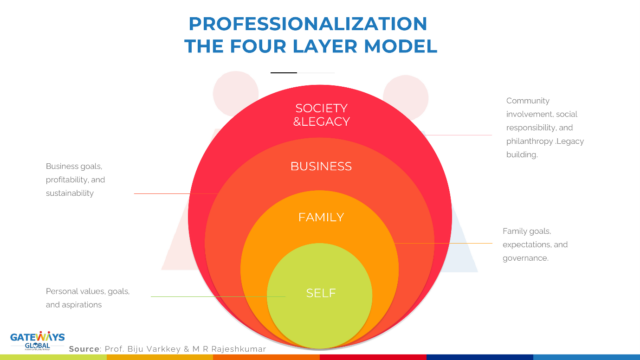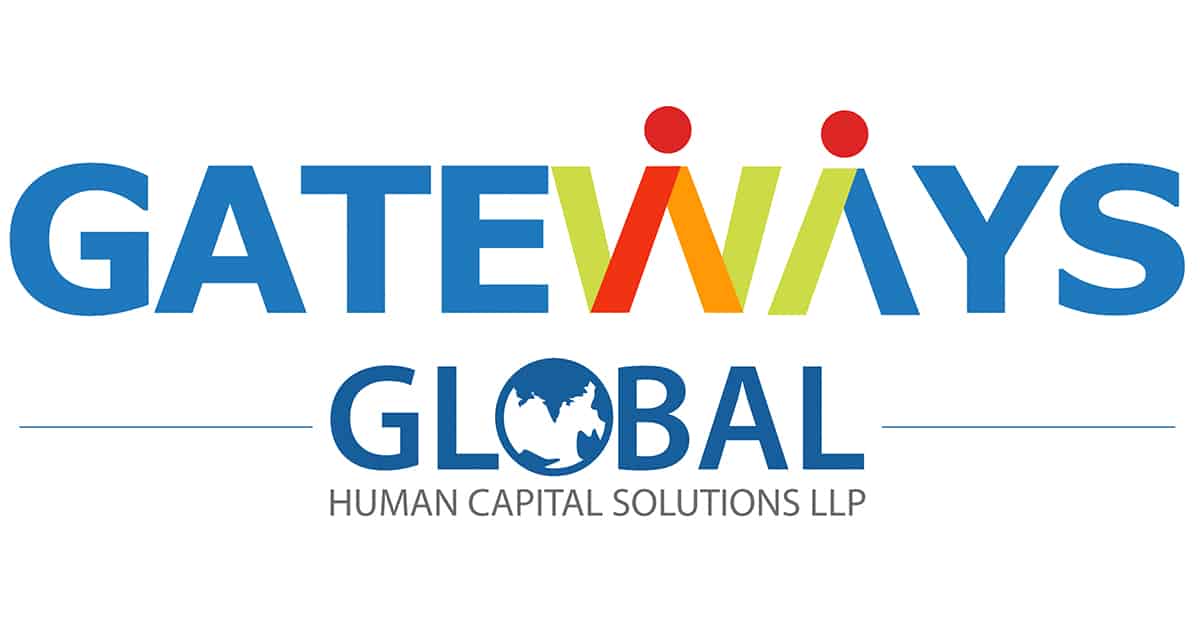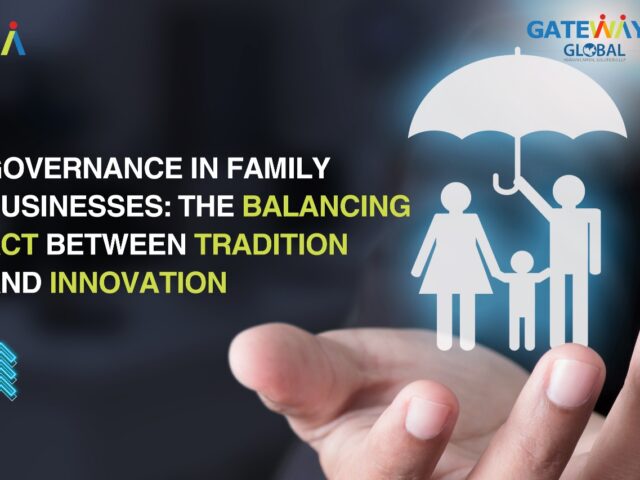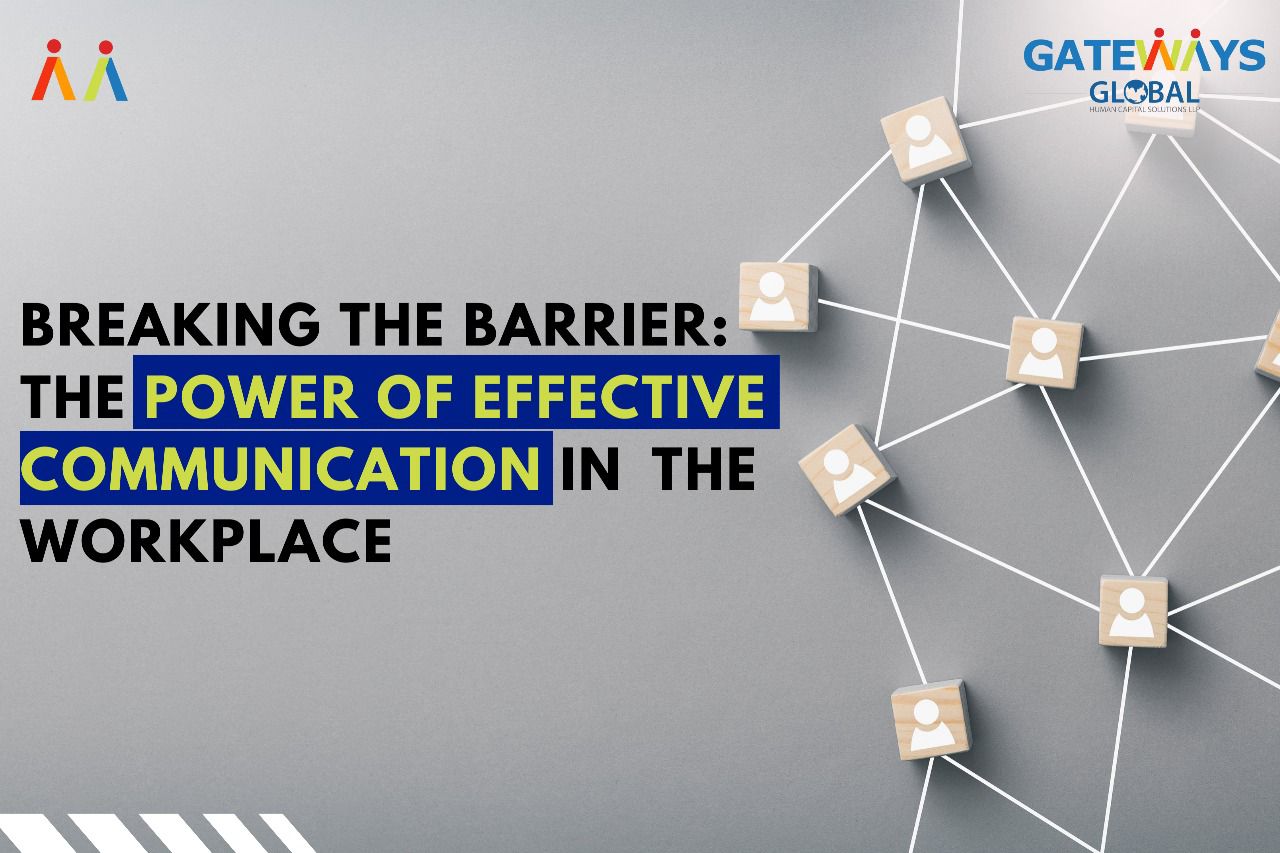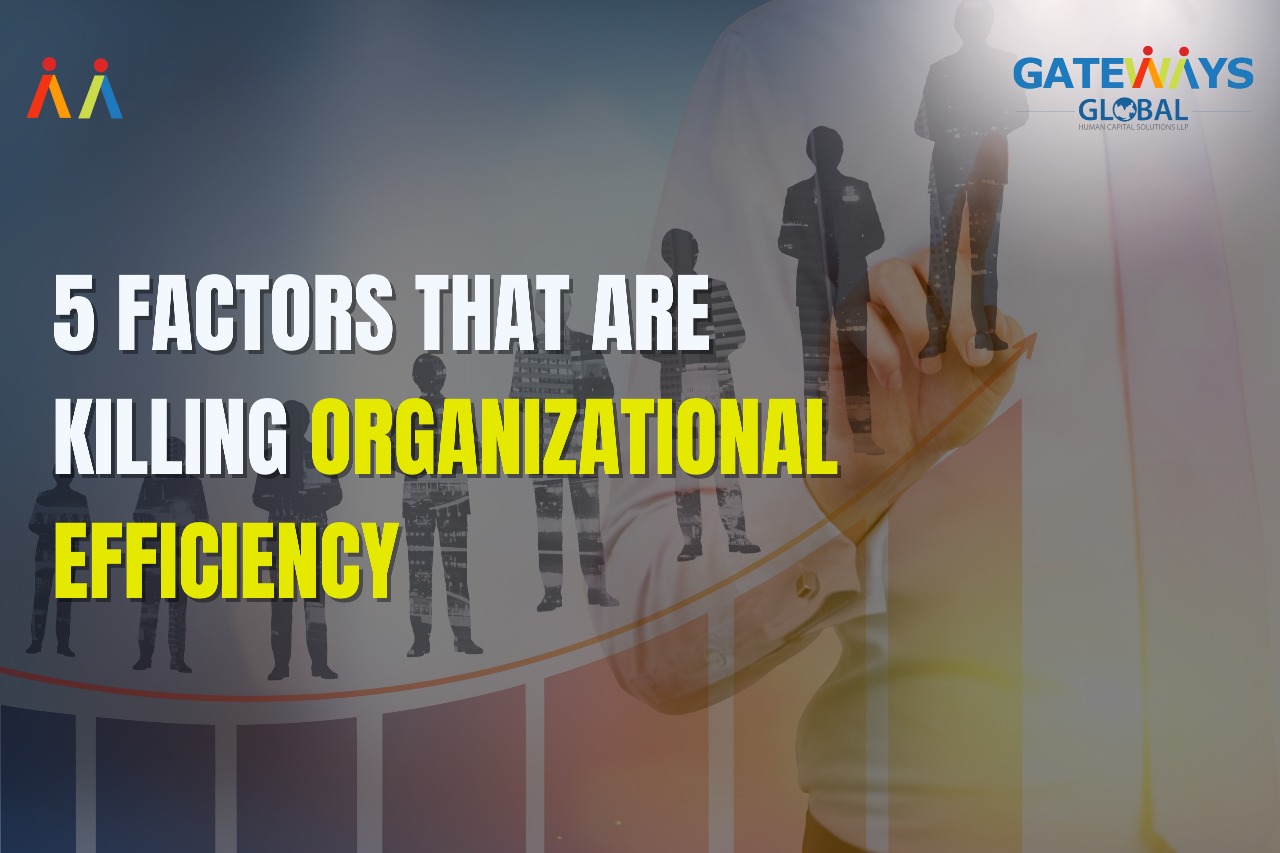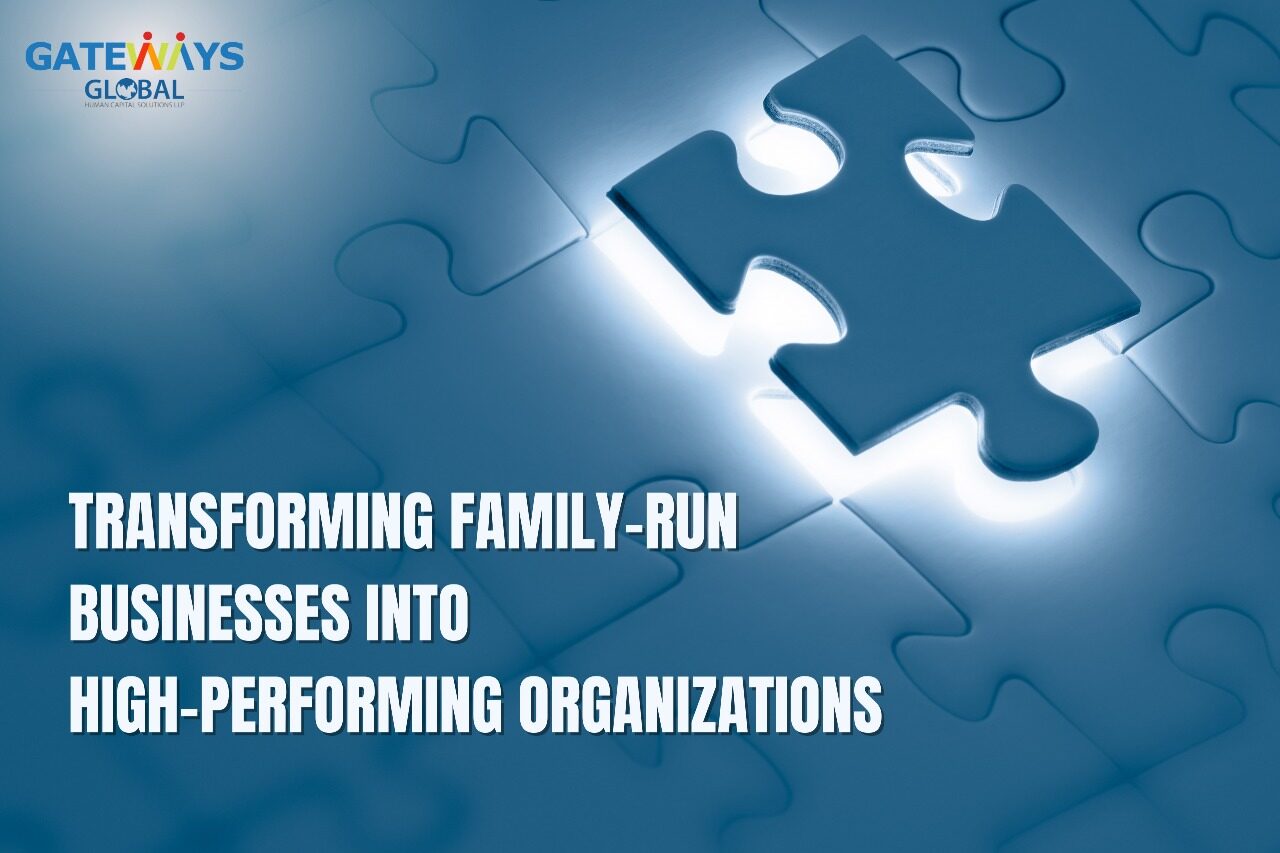In the bustling city of Kochi, two family businesses, Bright Ltd. and LB Ventures stood at the dawn of a new performance year (company names altered to conceal identify). Each beginning brings an opportunity to reflect on what went right and what did not. So, like most companies, both these companies too conducted their annual reviews. Both operate in the same industry, and both were founded three generations ago. However, they had contrasting approaches to business. Bright Ltd. was led by a visionary and future focused CEO Sheela Bright. LB Ventures was led by CEO Eric John who lacked a structured plan and focused on day -to -day operations.
After the annual review, both companies engaged an external consultant – Bright Ltd. engaged the consultant with the primary goal to double the turnover by the next financial year. LB Ventures engaged the consultant to find out why the company had failed to reach the financial target for the current year. Coincidentally, both companies engaged the same consultant – GatewaysGlobal Human Capital Solutions.
GatewaysGlobal took a deep dive into Bright Ltd. first and then into LB Ventures. They found that despite facing similar market conditions, the two companies exhibited different approaches to all aspects of the business, leading to divergent outcomes. The specific areas where the two companies were different in both approach and implementation were:
1. Strategy Planning at the beginning of the year provides clarity of purpose, direction, efficient resource allocation, and a guiding framework that empowers the business to capitalize on opportunities and navigate challenges in the pursuit of sustainable growth.
By staying ahead of market trends, and proactively addressing challenges, Bright Ltd. achieved sustained growth, expanded market share, and enhanced brand reputation. Employee morale and engagement were high, fostering a culture of innovation and continuous improvement.
In contrast, LB Ventures relied on historical precedents and short-term fixes, most often guided by immediate concerns rather than long-term vision.
2. Succession Planning ensures a clear roadmap for smooth transition of leadership and management responsibilities from one generation to the next. By identifying and grooming potential successors early on, the family business can maintain continuity and stability, safeguarding its legacy and reputation.
Bright Ltd. made deliberate efforts to identify and develop potential successors within the family. They were seen providing the right education, mentorship, and hands on experience to prepare their potential successors for leadership roles. LB Ventures on the other hand, was seen procrastinating on grooming successors.
3. Financial management at the beginning of the year ensures that funds are directed towards activities that support the family business’s strategic goals. By prioritizing investments and expenditures, the business can maximize its return on investment and optimize its use of capital. By reinforcing commitment to maintaining accurate financial records, adhering to accounting standards and ensuring transparency in financial reporting, the business can build trust with stakeholders and uphold its reputation.
At the start of the year Bright Ltd. meticulously made a comprehensive budget outlining revenue target, expense forecasts and investment priorities. This allowed them to align their financial resources with strategic goals and anticipate potential challenges. They also implemented a strict cash flow management system. They closely monitored their receivables and payables, negotiating favorable terms with suppliers, and maintained adequate reserves. As a result, they could sail through fluctuations in cash flow without facing liquidity crises. They also conducted thorough financial analysis and feasibility studies before making any major investments. Through their prudent tax planning-leveraging tax incentives and optimizing tax structure through legal means, the company reduced its tax burden while ensuring regulatory compliance.
LB Ventures on the other hand lacked a coherent budgeting process, leading to inconsistencies in financial projections and resource allocation. They struggled to prioritize expenditures. They paid little attention to cash flow resulting in delayed payments to suppliers, missed opportunities and strained relationship with creditors. Neglecting tax planning led them to miss potential tax savings opportunities. Their lack of attention to tax compliance exposed them to penalties, further straining their financial resources.
4. Governance & Decision Making promotes transparency and accountability within the family business. Clearly defined roles and responsibilities and decision-making frameworks ensure that decisions are made by authorized people and that they are held accountable for their actions.
Bright Ltd. had established a clear governance structure that defined roles, responsibilities, and decision-making authority within the family and business. This facilitated transparency, accountability, and efficient communication. Moreover, their decision making was based on data driven insights and inputs from various stakeholders. Regular board meetings and management reviews provided for risk assessments and course corrections as needed. They also had an effective conflict resolution mechanism which minimized disruptions and maintained harmony in decision making process.
LB Ventures lacked a clear governance structure resulting in role ambiguity leading to conflicts and power struggles and hence inefficiencies within the organization. Decision making was based on impulse and emotions rather than strategic considerations. This created tension, distrust, low morale, and low productivity.
5. Communication Architecture is crucial for creating a solid foundation for businesses. Clear and consistent communication channels, both horizontal and vertical facilitate dissemination of information about business goals, core values etc. it also enables unity and shared purpose among family members besides ensuring that relevant stakeholders are consulted, informed, and involved in key decisions. It preserves family harmony and cohesion by enabling family members to address conflicts constructively. Effective communication between the management and employees is possible, the business can solicit feedback, recognize achievements, and address employee concerns leading to enhanced employee morale and productivity. Strong customer and client relationships, loyalty and retention which are the cornerstones of a successful and sustainable business require an effective communication architecture.
Bright Ltd. had created a strategic communication framework to foster transparency, alignment, and collaboration within the organization. There were both vertical and horizontal communication channels to share ideas, concerns, and feedback periodically. Regular town hall meetings, employee forums and suggestion boxes facilitated two-way communication and promoted a culture of engagement and inclusivity. Communication guidelines to ensure consistency, clarity and effectiveness in internal and external communications were laid down. Regular updates and reporting mechanisms kept stakeholders updated about the company’s performance, initiatives, and key developments. All this helped in creating transparency and hence trust among employees, customers, and investors.
LB Ventures relied on ad hoc communication practices resulting in misunderstandings. The lack of effective communication channels led to silos, miscommunication, and lack of alignment between different departments and stakeholders hindering collaboration. There were no efficient reporting mechanisms leading to confusion, uncertainty, speculation, and trust erosion.
6. Risk Management is important as substantial family wealth is locked up in the business. Addressing them proactively can sustain business and ensure continuity apart from minimizing the risk of disruptions.
Bright Ltd. had a proactive risk management strategy comprising of regular risk assessment across all functions, risk analysis of the impact of the risks so identified, risk mitigation to reduce the likelihood and impact of such risks, and risk monitoring to track and monitor key risk indicators and early warning signals. They fostered a risk aware culture throughout the organization embedding risk management into day-to-day operations. As a result, they encountered their risks efficiently safeguarding business continuity and reputation.
As for LB ventures, their approach to risk management was fragmented and ad hoc with little collaboration between departments. Rather than taking a holistic view of their risk landscape, they exhibited knee jerk reactions to immediate threats. This myopic view exposed them to systemic risks undermining their long-term viability. As a result of this, they experienced increased volatility, and uncertainty in a dynamic business environment.
7. Customer & Market Analysis helps identify and capitalize on new market opportunities like niche markets, underserved markets and areas of growth which helps in defining their marketing strategy.
Bright Ltd. crafted a customer centric approach to market analysis; they conducted a thorough customer segmentation to identify distinct customer groups with unique needs, characteristics and buying behaviors. They utilized demographic psychographic and behavioral data to tailor their marketing strategies, product offerings and customer experiences to different segments. They also invested in market research to gather insights on market trends. They used a prudent mix of qualitative and quantitative market research methods like surveys, focus groups, interviews, and data analytics for informed and data driven decision-making. They developed a compelling value proposition based on a deep understanding of customer preferences, pain points and aspirations. They positioned their products as solutions to these needs as compared to that of their competitors. They proactively took customer feedback and incorporated relevant inputs into product features. They regularly benchmarked their performance against industry peers and monitored competitors’ pricing strategies.
As a result of their customer-centric approach, they were able to build strong customer relationships and were agile enough to respond to changing market conditions without major disruptions.
LB Ventures relied on assumptions rather than data driven analysis. This resulted in generic marketing strategies that failed to resonate with target audiences. Their market research was ad hoc often resulting in superficial analysis that was of little use to drive the business. Rather than having a compelling value proposition, they sought to do product centric messaging that failed to differentiate them from their competitors, much less address their preferences or pain points. There was no customer feedback mechanism which deprived them from getting a solid understanding of their customer satisfaction levels. Such a reactive approach made them vulnerable to market disruptions, have a weak customer connect resulting in value -erosion for both the customers and the business.
8. Talent Management
Bright Ltd. was able to attract, retain and develop top talent because of its future focused approach. They conducted regular assessment of the current and future talent needs. Critical roles and skills for future success were identified and they framed strategies to fill the current gaps through recruitment of fresh talent or upskilling of existing ones. They invested in them through workshops, team, and individual coaching. Recognizing the importance of continuity in leadership, the company identified high potential employees and provided them with opportunities for leadership development. By grooming future leaders from within, they ensured a smooth transition across generations. They also ensured a culture of empowerment.
LB Ventures was observed to rely on ad hoc recruitment activities and allocate minimum resources for employee upskilling or leadership development. So, there were evident skill gaps. There was no focus on identifying and grooming future leaders from within, leading to instability during leadership transitions. Due to this lack of investment in talent development, they experienced high attrition especially at senior levels.
9. Family Values & Culture should be the anchor that holds the family and business firmly rooted. Its very identity is bestowed by the values that it espouses. By embodying values like integrity, trust, responsibility and empathy, enduring relationships can be built enhancing goodwill and reputation the market.
Though both companies were rooted in family ownership, their approaches to endorsing and integrating family culture and values into their organizational ethos varied significantly. Bright Ltd. prioritized the preservation, promotion and integration of its family heritage and values by commemorating and honoring them at appropriate forums and family events instilling a sense of pride. They integrated their core values – integrity, respect, honesty, and trust – into decision-making at all levels of the organization- employee relations, customer interactions, strategic planning etc. They also had a family governance structure which formalized roles, promoted transparency, and formed the basis of conflict resolution and succession planning.
LB Ventures though takes pride in their family heritage and values was seen struggling to align family values with organizational practices. The inability to formalize these core values and weave them into the overall organizational fabric led to inconsistency and confusion among employees. This disconnect also resulted in a fragmented organizational culture and low employee morale. It deterred top talent from joining the organization.
In conclusion, it may be said that having a strong start is a necessity and no longer an option. The CEO of Bright Ltd. had meticulously crafted a robust plan at the beginning of the year that aligned with their long-term goals. Hence it was easy for them to review it at the end of the year and take stock of what went right and what did not. The CEO of LB ventures had a myopic view with a focus on day-to-day operations only. There was no concrete plan. Hence at the end of the year there was no clarity on what they had set out to achieve.
There could be other factors too like technology, administration, logistics and business development to mention a few. As people and strategy advisors, GatewaysGlobal observed that the above-mentioned were the fundamental areas that differentiated the two companies.
Would you like us to unlock your organization’s full potential with expert diagnosis? If so, we are just a click away. And it is not just another assessment, it is a transformative journey….
Sheela Warrier
Consultant- Organisational Performance

